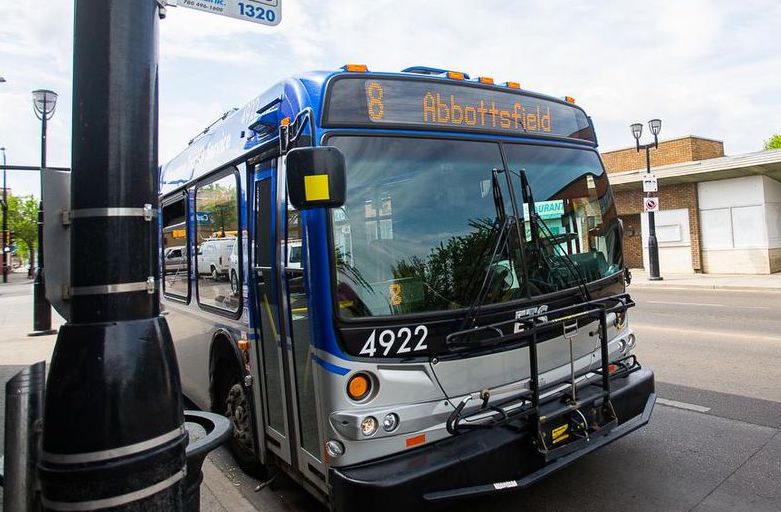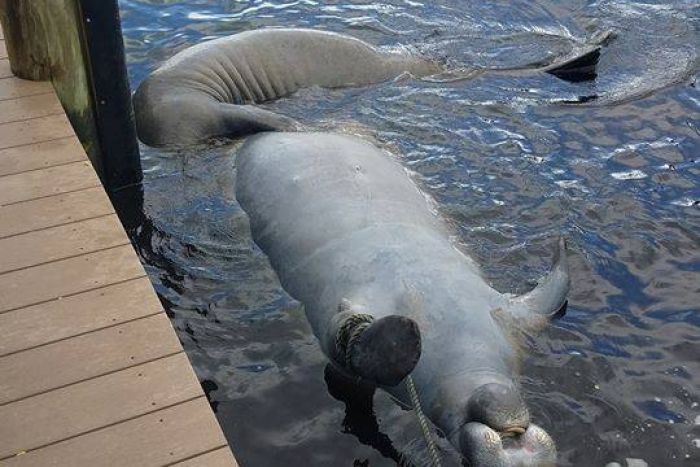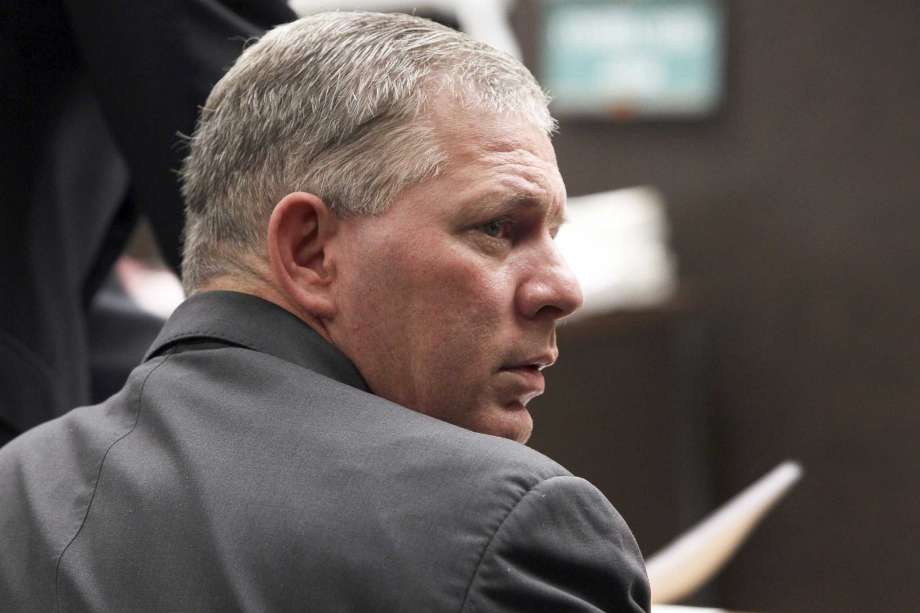
Shields to protect drivers on city buses could be installed as early as January, according to the Edmonton transit operators’ union, if council approves the $11.7 million it will cost to purchase the shields and retrofit buses.
A proposal will go before city council’s executive committee on Tuesday to spend $6.95 million on shields through a single-source contract with Vapor Bus International. If the spending is approved during upcoming budget deliberations, the company has said it can provide the shields on an expedited basis. The city is also seeking approval to spend $4.75 million on a contract to have older buses in the fleet retrofitted with a heating and air conditioning system that will still work in the driver’s compartment once the shield is installed.
Mark Tetterington, president of Amalgamated Transit Union Local 569 which represents bus drivers, said Friday that the shield will stretch up almost to the height of the bus roof, and that the tempered glass has a power window that can be operated by drivers.
“We’ve got a lot support from council, and I’m very thankful to the city for helping us with this because I never want to see a day where it happens where one of our operators is killed,” Tetterington said in a telephone interview.
The shields are part of a $20-million transit safety plan approved by city council in October, which also includes putting permanent security officers at transit stations that have had at least one major incident in the last five years. The city announced earlier this month that permanent security would be in place in 25 transit stations around the city effective Monday.
In February, a pilot project was approved to install shields in 10 buses on routes with a high rate of safety incidences.
But Tetterington said the shields for the pilot hadn’t even been ordered yet when a transit driver was stabbed in Mill Woods in September, adding there is a new sense of urgency to get protection for drivers in place.
And so he, a shop steward, and the city’s head of transit travelled to Minneapolis, Minn., to look at the Vapor shield, which he said is the “latest and greatest” on the market and allows operators to feel less restricted.
“The only time we’d encourage operators to put it up is when they feel threatened,” Tetterington said, “We’re civil servants and we like talking to the public.”
Tetterington said he’s hopeful the shields could arrive as early as January, but he said it might take longer due to the procurement process.













